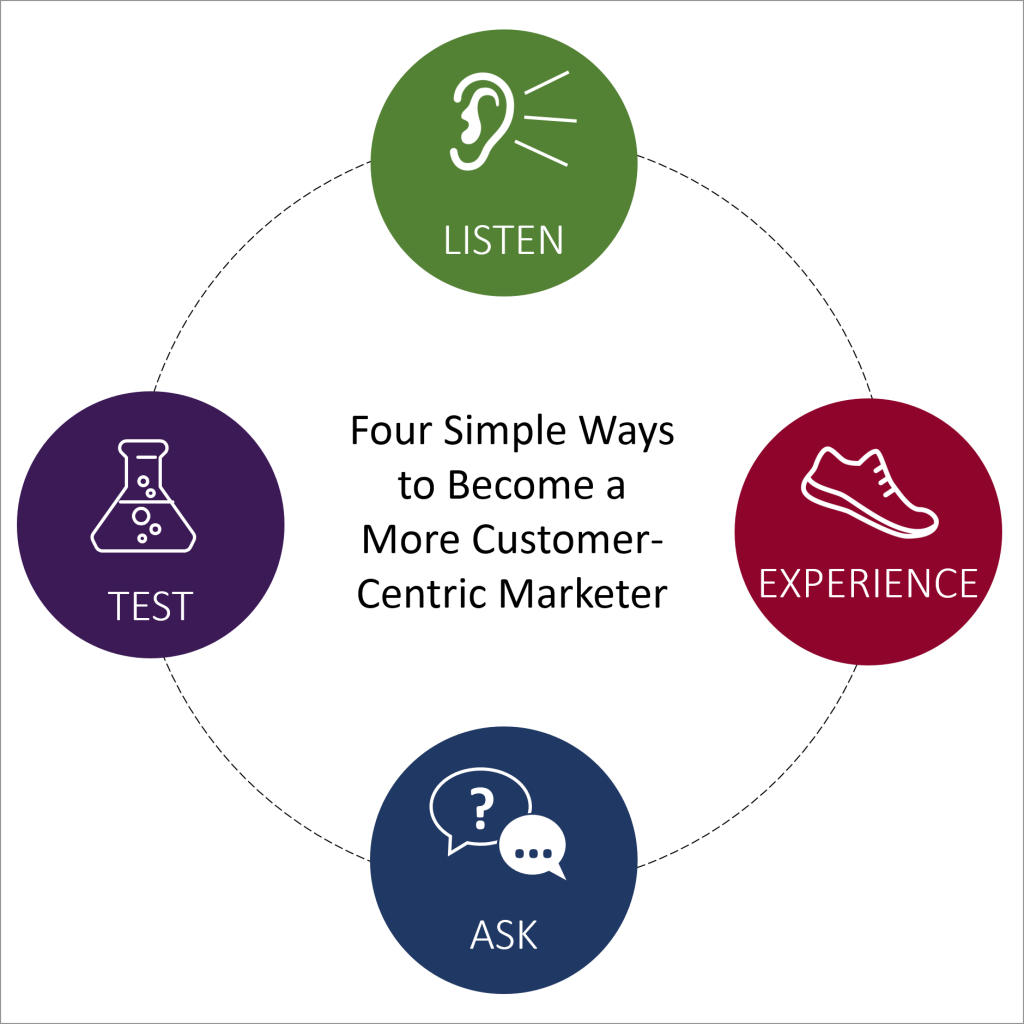 In a recent blog post for our sister company MarketingExperiments, I shared my experiences at the fifth Design for Conversion Conference (DfC) in New York City. Today, I want to focus on a topic from Dr. Dan Goldstein’s presentation, and its relevance to usability and product testing for marketers — how focus group studies can effectively misrepresent true consumer preferences.
In a recent blog post for our sister company MarketingExperiments, I shared my experiences at the fifth Design for Conversion Conference (DfC) in New York City. Today, I want to focus on a topic from Dr. Dan Goldstein’s presentation, and its relevance to usability and product testing for marketers — how focus group studies can effectively misrepresent true consumer preferences.
Asking you for your input on our Landing Page Optimization survey for the 2011 Benchmark Report has firmly planted the topic of surveys at the forefront of my thinking.
Calibration is not the whole story
The need to calibrate focus group data is well recognized by marketers and social scientists alike. The things marketers want to know the most – such as “intent to purchase” – is more obviously susceptible to misleading results. It’s easy to imagine that when people are asked what they would do with their money in a hypothetical situation (especially when the product itself is not yet available), naturally their answers are not always going to represent actual behavior when they do face the opportunity to buy.
However, mere calibration (which is a difficult task, requiring past studies on similar customer segments, where you can compare survey responses to real behavior) is not enough to consider. How we ask the question can influence not only the answer, but also the subsequent behavior, about which the respondent is surveyed.
Dr. Goldstein pointed me to an article in Psychology Today by Art Markman, about research into how “asking kids whether they plan to use drugs in the near future might make them more likely to use drugs in the near future.” Markman recommends that parents must pay attention to when such surveys are taken, and make sure that they talk to their children both before and after to ensure that the “question-behavior effect” does not make them more likely to engage in the behaviors highlighted in the surveys. The assumption is that if the respondent is aware of the question-behavior effect, the effect is less likely to work.
Question-Behavior Effect: The bad
If your marketing survey is focused on features that your product or service does not have—whether your competitors do or do not—then asking these negative questions may predispose your respondents against your product, without them even being aware of the suggestion. This is especially worrisome when you survey existing or past customers, or your prospects, about product improvements. Since you will be pointing out to them things that are wrong or missing, you run a good chance of decreasing their lifetime value (or lead quality, as the case may be).
Perhaps the survey taker should spend a little extra time explaining the question-behavior effect to the respondent before the interaction ends, also making sure that they discuss the product’s advantages and successes at the end of the survey. In short, end on a positive.
Question-Behavior Effect: The good
However, there is also a unique opportunity offered by the question-behavior effect: by asking the right questions, you can also elicit the behavior you want. This means being able to turn any touch point—especially an interactive one like a customer service call—into an influence opportunity.
I use the word “influence” intentionally. Dr. Goldstein pointed me to examples on commitment and consistency from Robert Cialdini’s book Influence: Science and Practice, such as a 1968 study conducted on people at the racetrack who became more confident about their horses’ chance of winning after placing their bets. Never mind how these researchers measured confidence—there are plenty of examples in the world of sales that support the same behavioral pattern.
“Once we make a choice or take a stand, we will [tend to] behave consistently with that commitment,” Cialdini writes. We want to feel justified in our decision. Back in college, when I studied International Relations, we called it “you stand where you sit”—the notion that an individual will adopt the politics and opinions of the office to which they are appointed.
So how does this apply to marketing? You need to examine all touch points between your company and your customers (or your audience), and make a deliberate effort to inject influence into these interactions. This doesn’t mean you should manipulate your customers—but it does mean that you shouldn’t miss an opportunity to remind them why you are the right choice. And if you’re taking a survey—remember that your questions can reshape the respondents’ behaviors.
P.S. From personal experience, do you think being asked a question has influenced your subsequent behavior? Please leave a comment below to share!
Related Resources
MarketingSherpa Landing Page Optimization Survey
Focus Groups Vs. Reality: Would you buy a product that doesn’t exist with pretend money you don’t have?
Marketing Research: Cold, hard cash versus focus groups
Marketing Research and Surveys: There are no secrets to online marketing success in this blog post
MarketingSherpa Members Library — Are Surveys Misleading? 7 Questions for Better Market Research










